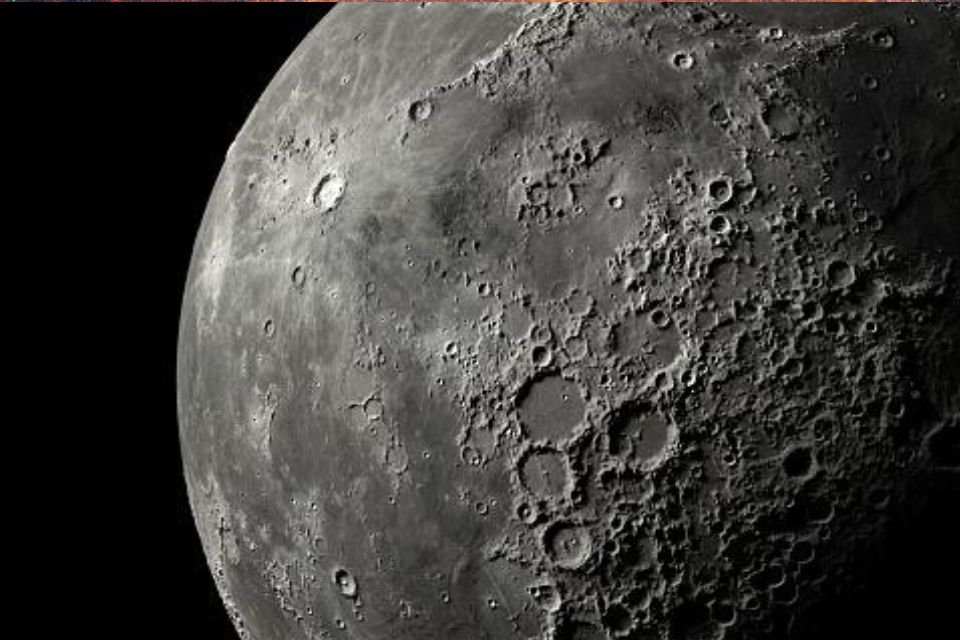India’s Chandrayaan-3 lunar rover has provided some interesting scientific data after its landmark landing near the Moon’s southern cusp last week. Indian Space Research Organization (ISRO), the rover positively identified oxygen and some other elements in this region.
India has earned a reputation as the first country to gently land a vehicle near the Moon’s little-studied south pole, and now joins the elite club of four lunar landers.
According to an official ISRO statement, “The Chandrayaan-3 rover’s laser-induced breakdown spectroscopy (LIBS) instrument has performed the first in situ assessments of the elemental composition of the moon’s south pole.”
This instrumental analysis clearly revealed the presence of sulfur, which was not possible with previous orbiting observation equipment. Further detection tests revealed other elements such as aluminum, calcium, iron, chromium and titanium. Also, follow-up assessments showed: For the presence of manganese, silicon and oxygen on the lunar surface.
The rover, named Pragyan, meaning “wisdom” in Sanskrit, will continue to traverse this as yet understudied lunar region using solar energy. During the expected operating period of two weeks, Pragyan will convey scientific images and information while doing researchIt could prove invaluable to astronautical endeavors in terms of hydration and rocket propellant potential.
ISRO chief S. Somanath said the rover is also programmed to study the Moon’s atmospheric and seismological phenomena.
Earlier this week, an unexpected obstacle in the form of a 4-meter-wide crater deviated from Pragyan’s previously planned path. According to ISRO, the vehicle is now moving on a different route. Due to the difficult Moon topography, the rover moves slowly at 10 centimeters per second to reduce potential damage.
India’s advances in space exploration, albeit on a significantly reduced budget, have been enormous enough to rival the successes of established space programs dating back to the 1960s.
Four years ago, the Indian space agency faced a daunting challenge when it failed the landing phase of its last lunar mission. This new success of Chandrayaan-3 has rekindled public interest, especially immediately after Russia’s Luna-25 failed in the same lunar region. Russian space authority Roscosmos attributed its failure to a recent lack of experience in lunar missions, citing the last lunar attempt in 1976.
Stay up to date on the latest findings from the Chandrayaan-3 lunar mission at TecMundo.
Source: Tec Mundo
I’m Blaine Morgan, an experienced journalist and writer with over 8 years of experience in the tech industry. My expertise lies in writing about technology news and trends, covering everything from cutting-edge gadgets to emerging software developments. I’ve written for several leading publications including Gadget Onus where I am an author.











